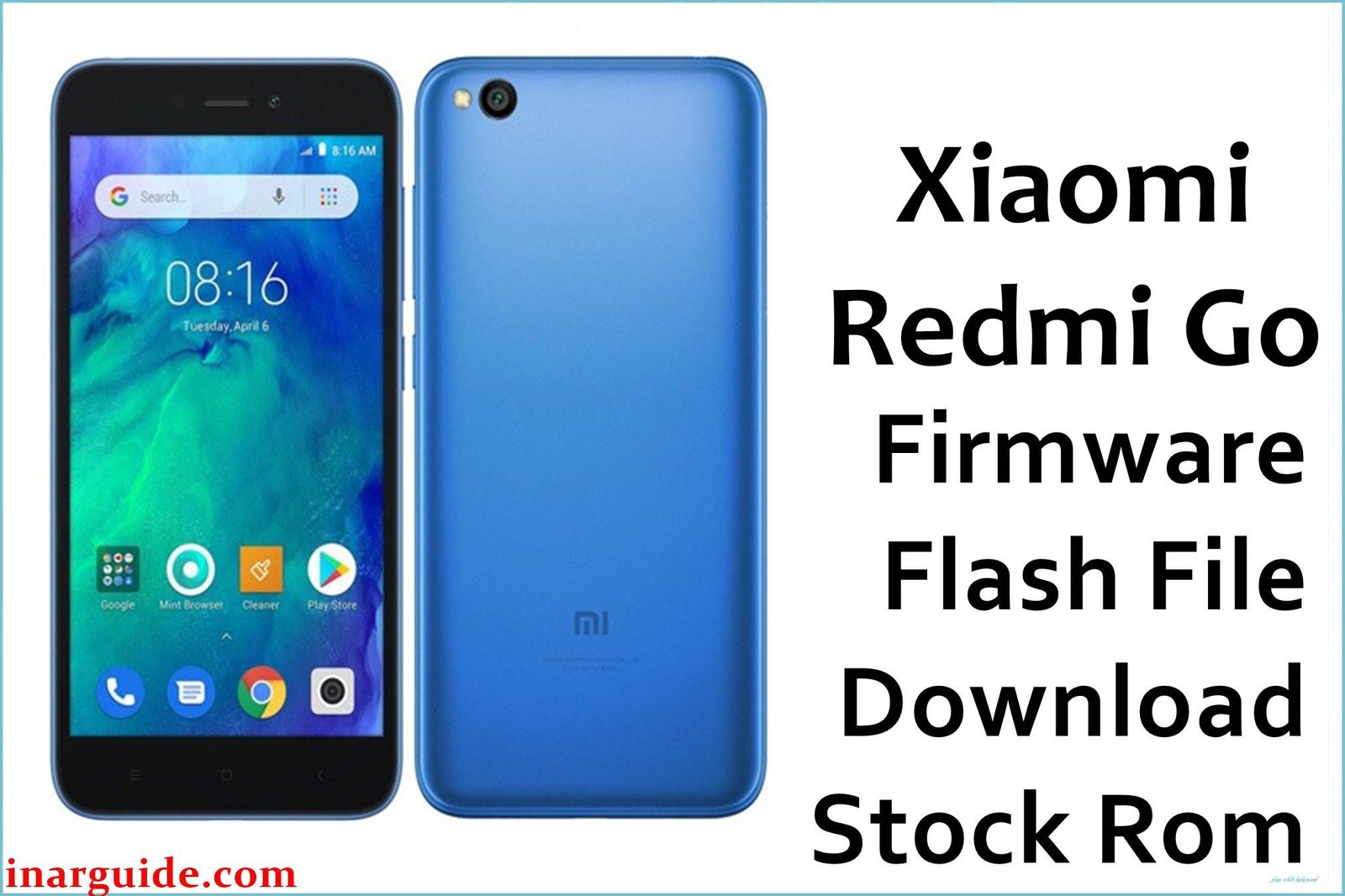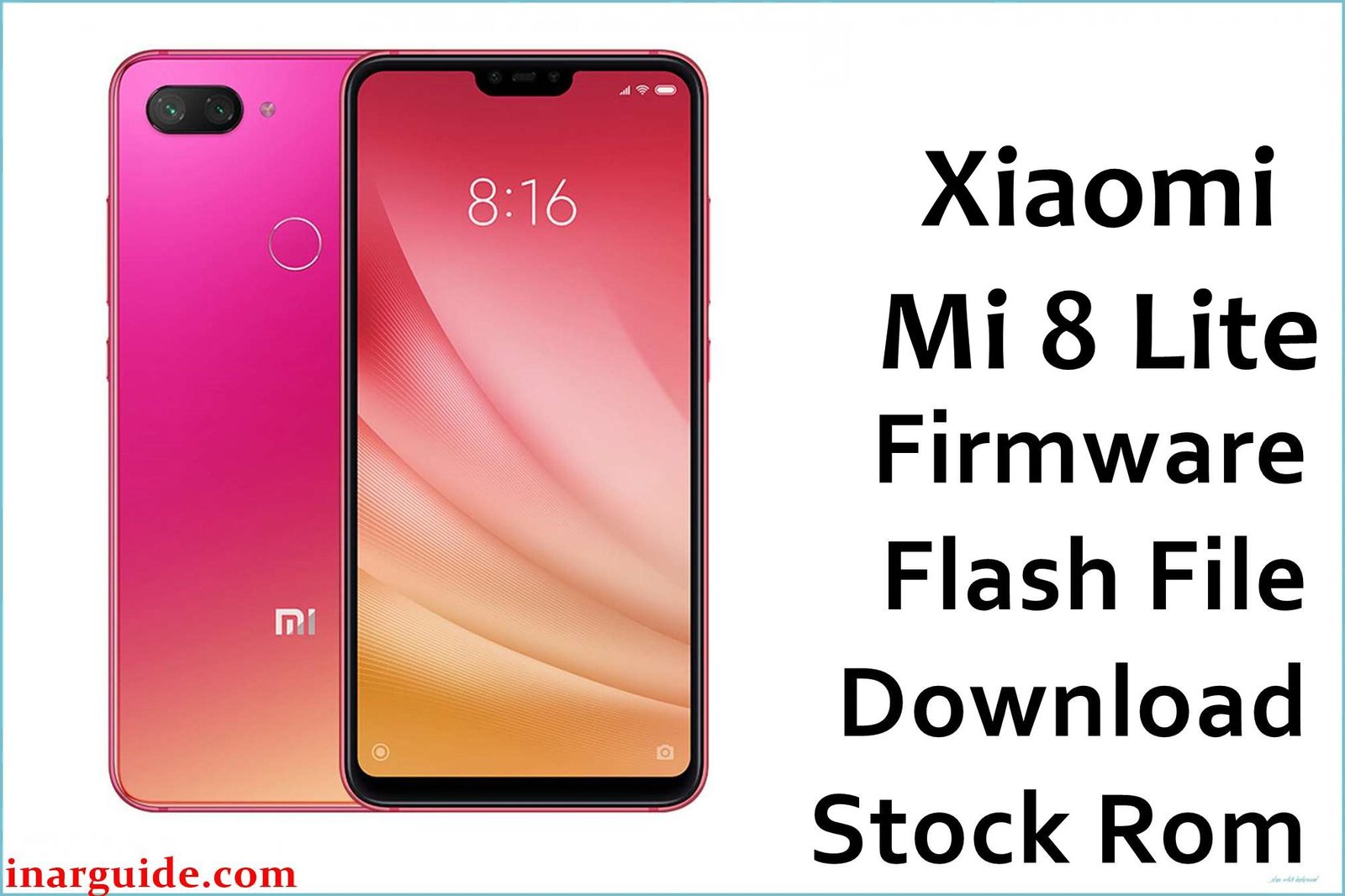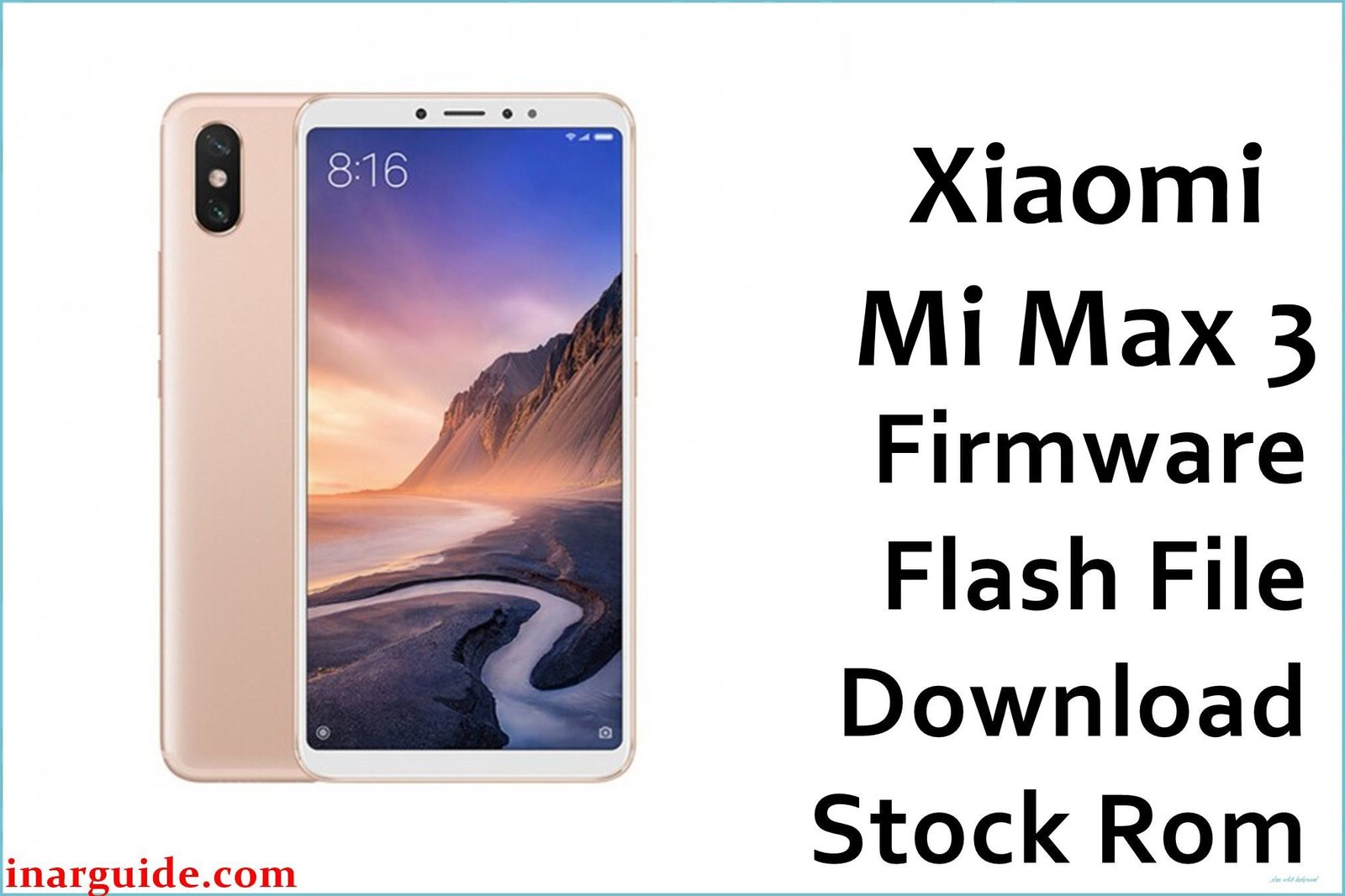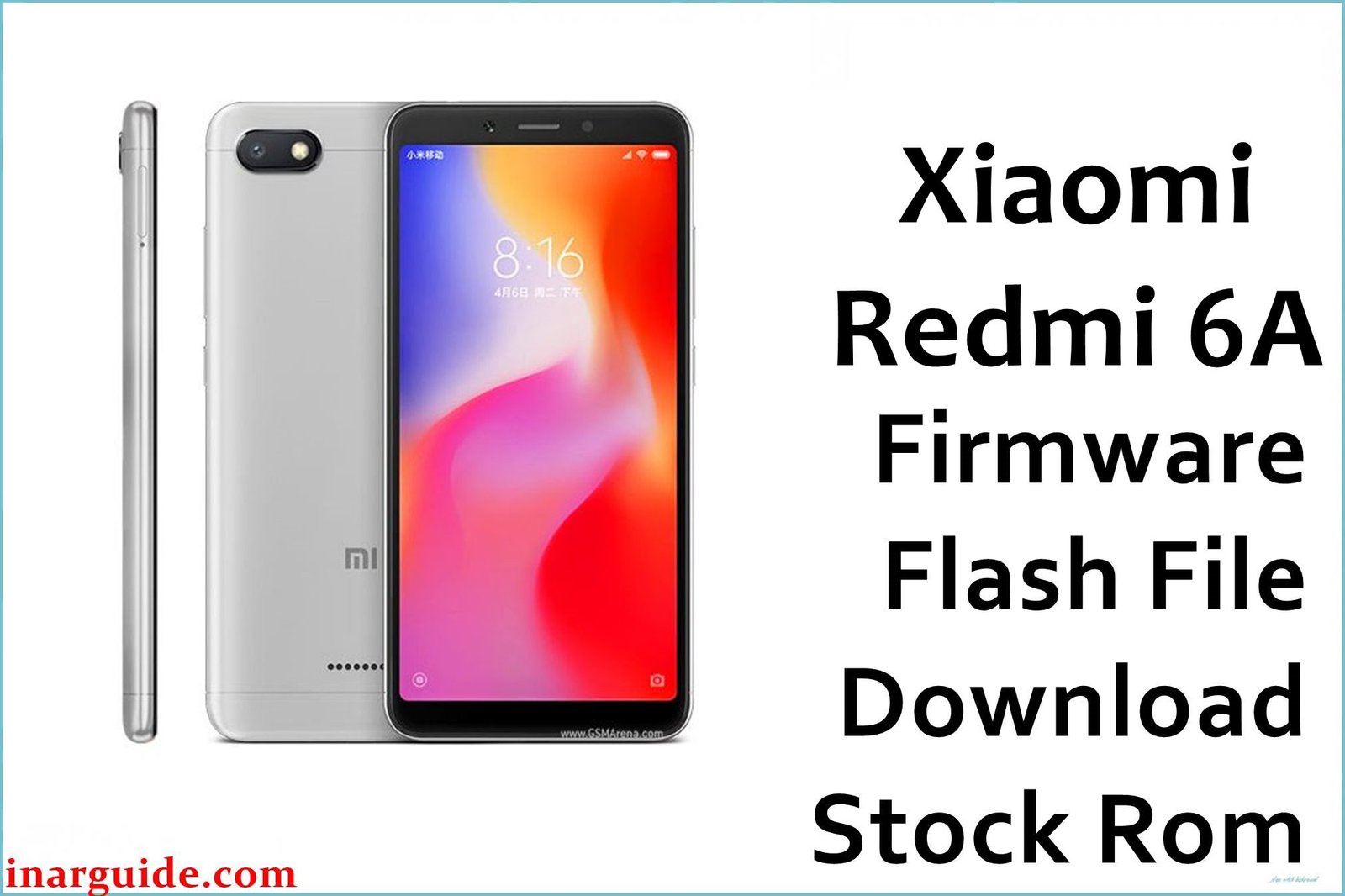The Xiaomi Redmi 7A (codename onclite), launched in 2019, was a compact and durable smartphone that set a new standard for the entry-level category. Praised for its robust build, splash-resistant design, and incredible battery life from a large 4000 mAh battery, it was a true workhorse. The device also offered a significant performance upgrade for its class, featuring the octa-core Qualcomm Snapdragon 439 chipset. For owners of this reliable phone, this page provides a complete archive of official fastboot ROMs for China, Global, India, and Russia, along with the popular Xiaomi.eu custom ROM, to help you restore, unbrick, or update your software.
Important: You must verify your device is a Redmi 7A (onclite). This firmware is not compatible with the larger Redmi 7 (onc). Flashing the incorrect ROM on your device will result in a hard brick. Note that the China ROM is based on Android 10, while Global versions officially ended on Android 9.
Quick Device Specs
- Device: Xiaomi Redmi 7A (onclite)
- Release year: 2019
- Chipset: Qualcomm Snapdragon 439
- Display: 5.45″ IPS LCD
- Battery: 4000 mAh
- Original MIUI: Android 9 (Pie), MIUI 10
Required Downloads
| File / Tool | Download Link |
|---|---|
| Xiaomi Mi Flash Tool | Download Latest Version |
| Xiaomi USB Drivers | Included with Mi Flash Tool |
| Bootloader Unlock Tool | Official Mi Unlock Page |
Fastboot ROMs
| Region | Build | Android | Release Date | Download | Codename |
|---|---|---|---|---|---|
| China | V12.5.3.0.QFLCNXM | 10.0 | 2021-11-04 | Download | onclite |
| Global | V11.0.7.0.PFLMIXM | 9.0 | 2020-10-14 | Download | onclite |
| India | V11.0.7.0.PFLINXM | 9.0 | 2020-08-27 | Download | onclite |
| Russia | V11.0.9.0.PFLRUXM | 9.0 | 2020-11-15 | Download | onclite |
| Xiaomi.eu (Custom) | V12.5.3.0.QFLCNXM (Based) | 10.0 | — | Download | onclite |
How to Flash
For a step-by-step process, drivers, and troubleshooting, read our Ultimate Mi Flash Guide.
- Boot into Fastboot mode (Power + Volume Down).
- Extract the firmware (.tgz file) and select the main folder containing the
/imagesdirectory in Mi Flash Tool. - Select clean all for a safe installation (avoid clean all and lock unless you want to relock your bootloader).
FAQs
Q1. Why is the China ROM Android 10 while the Global ROM is Android 9?
Xiaomi occasionally provides an extra major Android update for devices in its home market of China that is not released globally. The Redmi 7A officially received the Android 10 update only for the Chinese variant, while global versions ended their software support on Android 9.
Q2. What is the difference between the Redmi 7A and the Redmi 7?
The Redmi 7A (onclite) is a compact model with a 5.45-inch screen and a Snapdragon 439 chipset. The Redmi 7 (onc) is a larger phone with a 6.26-inch notched display and a more powerful Snapdragon 632 chipset. Their firmwares are not compatible.
Q3. The Xiaomi.eu ROM is based on Android 10. Can I flash it on my Global device?
Yes, this is a popular benefit of using Xiaomi.eu ROMs. Because the custom ROM is based on the official China firmware, it allows users with global devices to experience the Android 10 update that they never officially received. Note that this is a recovery ROM and requires an unlocked bootloader and a custom recovery like TWRP.
Q4. Is the codename onclite the same as pine?
Yes, the codenames onclite and pine both refer to the Xiaomi Redmi 7A. They are often used interchangeably for the same device.
Troubleshooting
- Drivers: If your PC does not recognize the phone in fastboot mode, reinstall the Xiaomi USB drivers, run Mi Flash Tool as Administrator, or try a different USB port (USB 2.0 is often more stable).
- Fastboot errors:
- “error: not catch checkpoint” → This common error means you have selected the wrong folder. In Mi Flash Tool, be sure to select the parent folder that was created when you extracted the .tgz file, not the images folder inside it.
- “Anti rollback error” → You are attempting to flash an older firmware version than what is currently on the device. Xiaomi’s Anti-Rollback Protection (ARB) prevents this.
- EDL mode: For a hard-bricked phone that won’t enter fastboot, EDL mode is the last resort. It requires using hardware test points and is recommended for advanced users only.



